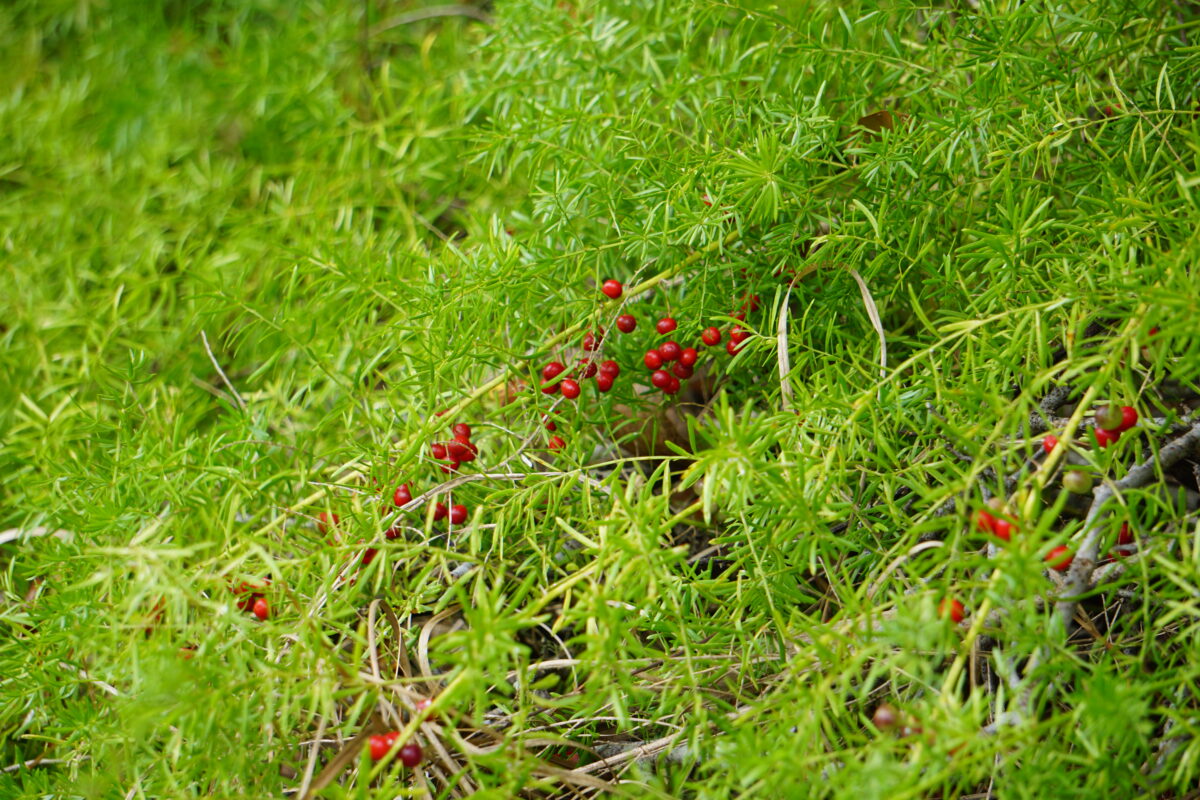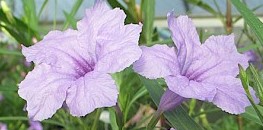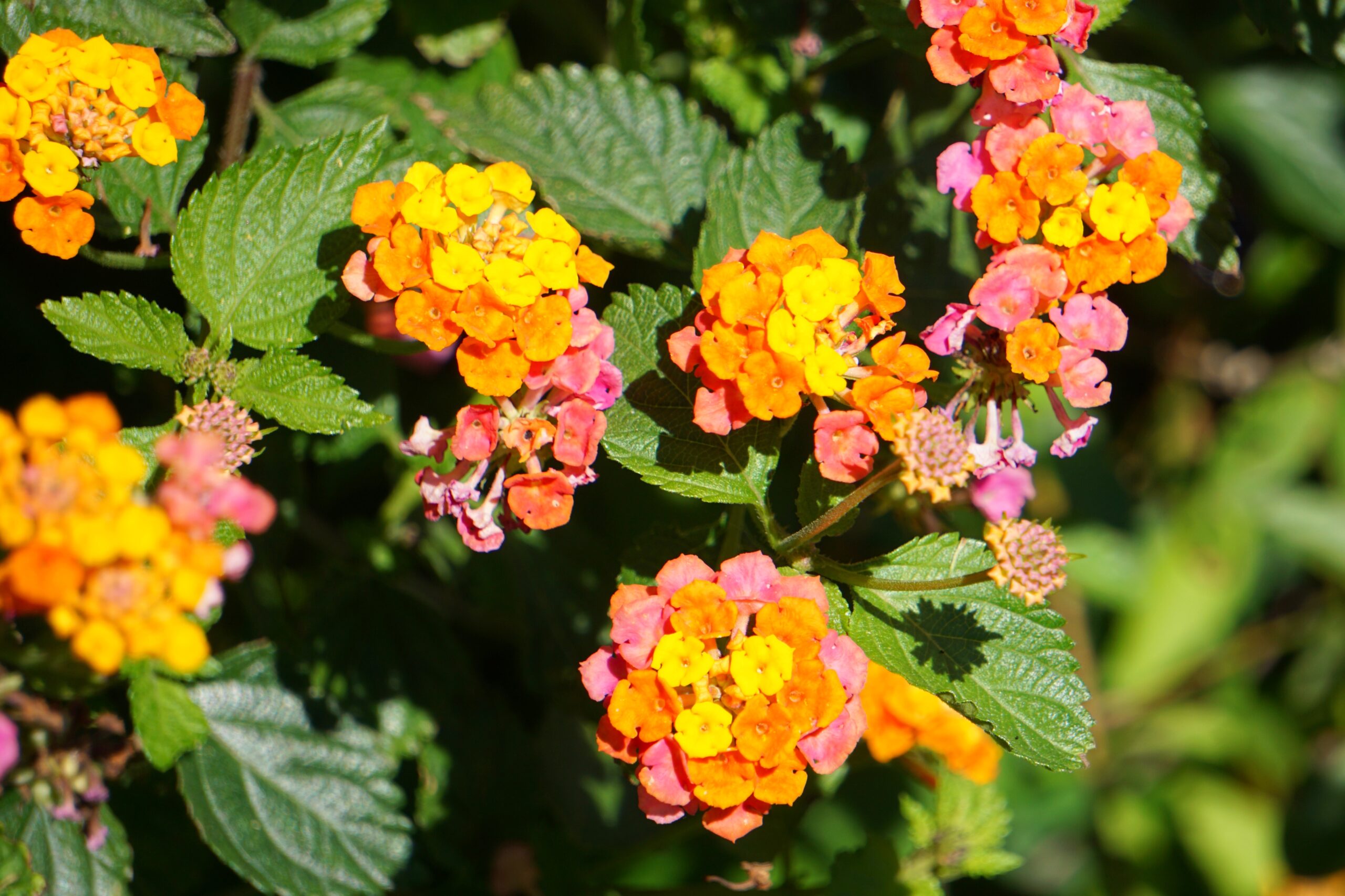Invasive Plant Resources for Florida Residents
A homeowner’s guide to information and resources available to help with identification and control
Pictured above: Invasive Lantana (Lantana strigocamara). Photo by Emily Bell
Invasive species are one the top threats to global biodiversity along with climate change and habitat loss. Removing invasive plants from your own landscape is one of the most impactful things you can do to protect the natural areas around you. However, identifying invasive plants and figuring out what to do about them can be a daunting task! We’ve compiled some of the best online resources to help you.
What is an invasive species? An invasive species is any species that is not native to a particular area, that has been introduced by human activity (intentionally or unintentionally), and causes or is likely to cause harm to the environment, economy and/our human health and well-being. Learn more about the terminology used to communication about invasive species.
What plants are invasive in Florida? The Florida Invasive Species Council maintains a list of invasive plants that have been documented to cause ecological harm in Florida, as well as non-native plants that have increased in abundance but have not yet been shown to cause harm and should be watched. Their list is a great place to get started to learn what plants to remove and watch out for.

Another good resource is the UF IFAS Assessment of Non-Native Plants in Florida’s Natural Areas. The Assessment uses literature-based tools to evaluate the invasion risk of non-native species that occur in the state, new species proposed for introduction, and novel agricultural and horticultural selections, hybrids and cultivars.
Lastly, the UF IFAS Center for Aquatic and Invasive Plants Plant Directory features more than 100 invasive plant species and includes information like a species overview, characteristics, impacts, control methods, and links to more information.
A note about invasive plant regulation: There are both federal and state noxious weed programs that prohibit the sale or movement of particularly problematic species. The federal noxious weed program is overseen by the U.S. Department of Agriculture’s Animal and Plant Health Inspection Service (USDA APHIS). The state noxious weed program is overseen by the Florida Department of Agriculture and Consumer Services. All of the plants designated as noxious weeds will be included in the resources listed above.
Learn more about Florida’s regulatory and non-regulatory plant lists in Lost in the weeds?: A Comprehensive Guide to Florida’s Many Non-Native Plant Lists
How to control invasive plants in your landscape
The UF IFAS Center for Aquatic and Invasive Plants is leading research on how to manage invasive plants. Their website has many great resources, including Integrated Management of Invasive Plants in Natural Areas of Florida, which is one of the most comprehensive overviews of the different control strategies and offers an extensive index of plants and their best control options. A wealth of information can also be found in the UF IFAS EDIS system, starting with the topics of Invasive Plants and Weed Management.
The best way to get site-specific guidance on identification and control of invasive plants in your landscape is to contact your local UF IFAS Extension office. If you have more than five acres of land and are trying to restore native plant communities, the Florida Fish and Wildlife Conservation Commission’s Private Landowner Assistance Program may be right for you. This program provides technical assistance for managing natural areas including invasive plant control.

Why are invasive plants still sold in big box stores and nurseries?
The primary way for plants to be banned or removed from sale is for them to be added to the Federal Noxious Weed List and/or the State Noxious Weed List. The process for adding a species to the Federal list is complex and extremely slow moving. However, adding it to the state list is more straight forward and accessible. The UF IFAS Assessment petitions to have species added to the state list and has recently succeeded in having Beach vitex (Vitex rotundifolia), Japanese honeysuckle (Lonicera japonica), Callery pear (Pyrus calleryana) and Camphor tree (Cinnamomum camphora) restricted. Conservation groups can support this legislative solution by petitioning directly or partnering with UF IFAS Assessment efforts. Species most likely to succeed in getting listed are those that land managers can demonstrate an ability to effectively contain or even potentially eradicate from localized areas or the state. Unfortunately, many of the invasive plants that are already very widespread would not be considered. It is important to consider that horticulture is a major economic driver in Florida, and the most impactful solutions are going to be those achieved through collaboration and partnership with industry and through changing consumer preferences. Ultimately, the most important thing everyone can do is not purchase plants demonstrated to be invasive or that have invasive tendencies. Educated consumers have the most power to influence the horticulture market and protect Florida’s natural areas.
Pictured above: Invasive Britton’s wild petunia (Ruellia simplex) is commonly sold at big box garden centers. Photo by Rosanna Freyre, University of Florida
Additional resources:

